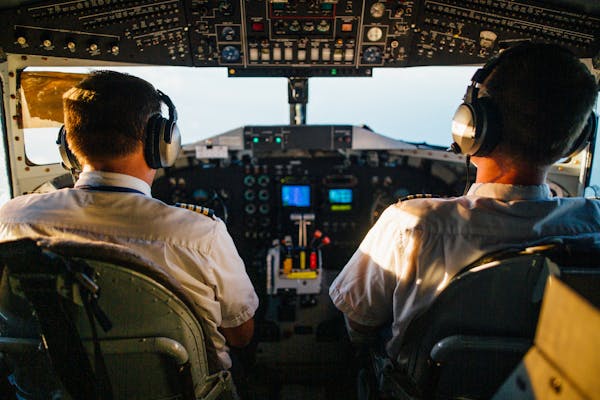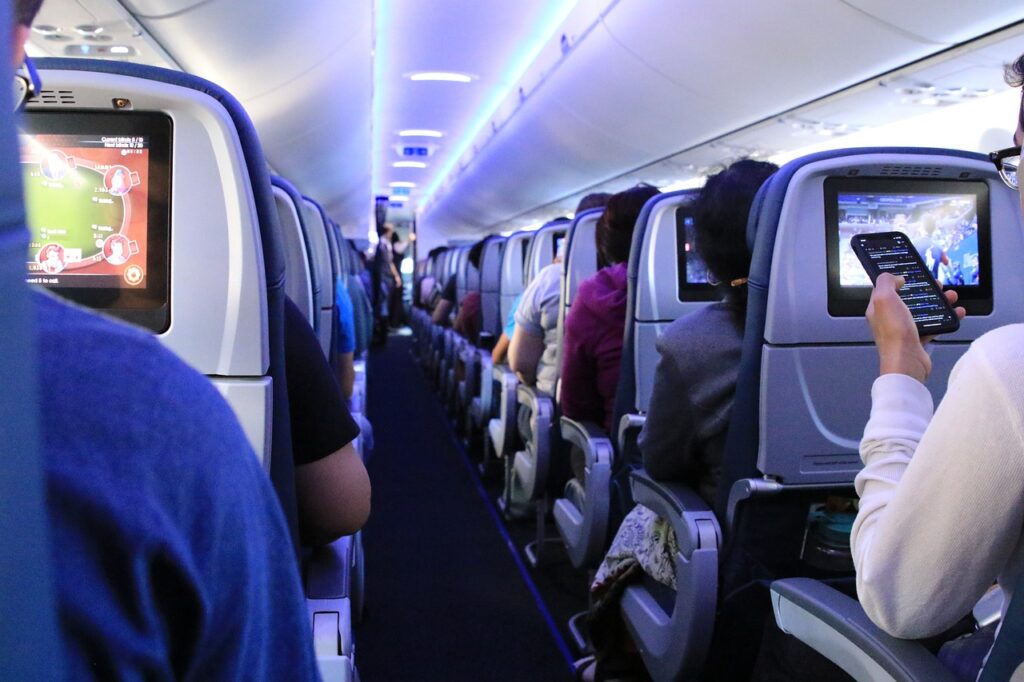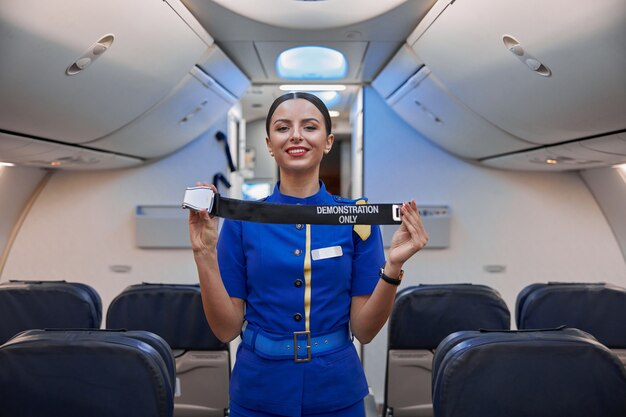
Soaring Through the Skies: Health and Safety Concerns for Pilots and Passengers
Air travel is generally considered one of the safest modes of transportation. However, both pilots and passengers face unique health and safety challenges when venturing into the high altitudes. Understanding these concerns and the implemented safety measures is crucial for a smooth and worry-free journey.
Pilot Health and Safety Concerns:

- Fatigue: Pilots work long hours and may experience jet lag due to frequent time zone changes. Fatigue can impair judgment, reaction time, and overall cognitive function, potentially compromising flight safety. Regulations limit pilot flight hours and mandate rest periods to minimize fatigue.
- Radiation Exposure: Cosmic radiation exposure is a concern for pilots, particularly those flying long-haul routes at high altitudes. Prolonged exposure can increase the risk of certain cancers. Airlines monitor radiation levels and adjust flight paths when necessary.
- Medical Conditions: Strict medical standards are in place for pilots. They undergo regular medical examinations to ensure they are physically and mentally fit to fly. Certain medical conditions can disqualify someone from becoming a pilot.
- Stress Management: Pilots face a high degree of responsibility and can experience significant stress during challenging weather conditions or emergencies. Airlines offer training on stress management techniques to help pilots cope effectively.
- Spatial Disorientation: In rare instances, pilots can experience spatial disorientation, a condition where they lose their sense of direction and spatial awareness. This can be caused by instrument malfunctions or certain maneuvers.Modern cockpits have sophisticated instruments and training protocols to minimize this risk.
Passenger Health and Safety Concerns:

- Deep Vein Thrombosis (DVT): Sitting for long periods during flights can increase the risk of DVT, a blood clot that can form in the legs and travel to the lungs. Staying hydrated, wearing compression socks, and performing simple leg exercises during the flight can help reduce the risk.
- Air Quality: Cabin air is recycled and pressurized, which can be drying and irritate the eyes, nose, and throat.Additionally, recycled air can harbor low levels of airborne contaminants. Modern airliners have sophisticated air filtration systems, but staying hydrated and using saline nasal sprays can help alleviate discomfort.
- Motion Sickness: Turbulence or air sickness can cause nausea and vomiting. Over-the-counter medications and acupressure techniques might offer relief.
- Exposure to Infectious Diseases: Air travel facilitates the spread of contagious diseases. Airlines implement sanitation procedures and encourage passengers to practice good hygiene, such as frequent handwashing, to minimize the risk.
- Anxiety and Fear of Flying: For some passengers, flying can be a source of anxiety or even phobia. Relaxation techniques, desensitization therapy, and medication can help manage flight anxiety.
Safety Measures to Ensure a Smooth Journey:

- Rigorous Training and Maintenance: Pilots undergo extensive training on aircraft operation, emergency procedures, and safety protocols. Aircraft are meticulously maintained and undergo regular inspections to ensure airworthiness.
- Advanced Avionics and Automation: Modern aircraft are equipped with sophisticated avionics systems and automation features that assist pilots in navigation, collision avoidance, and landing.
- Strict Air Traffic Control (ATC): Air traffic controllers manage airspace to ensure safe separation between aircraft and prevent collisions.
- Emergency Procedures: Airlines have comprehensive emergency procedures in place for various scenarios, such as decompression, fire, or medical emergencies onboard. Crew members receive regular training on these procedures.
- Passenger Safety Briefings: Flight attendants conduct pre-flight briefings to inform passengers about emergency procedures, safety equipment location, and proper seat belt usage.
Conclusion:
While health and safety concerns exist for both pilots and passengers, the aviation industry prioritizes safety through rigorous training, advanced technology, and strict regulations. Understanding these concerns and the implemented safeguards can alleviate anxiety and enhance your confidence when taking to the skies. So, buckle up, relax, and enjoy the journey!







